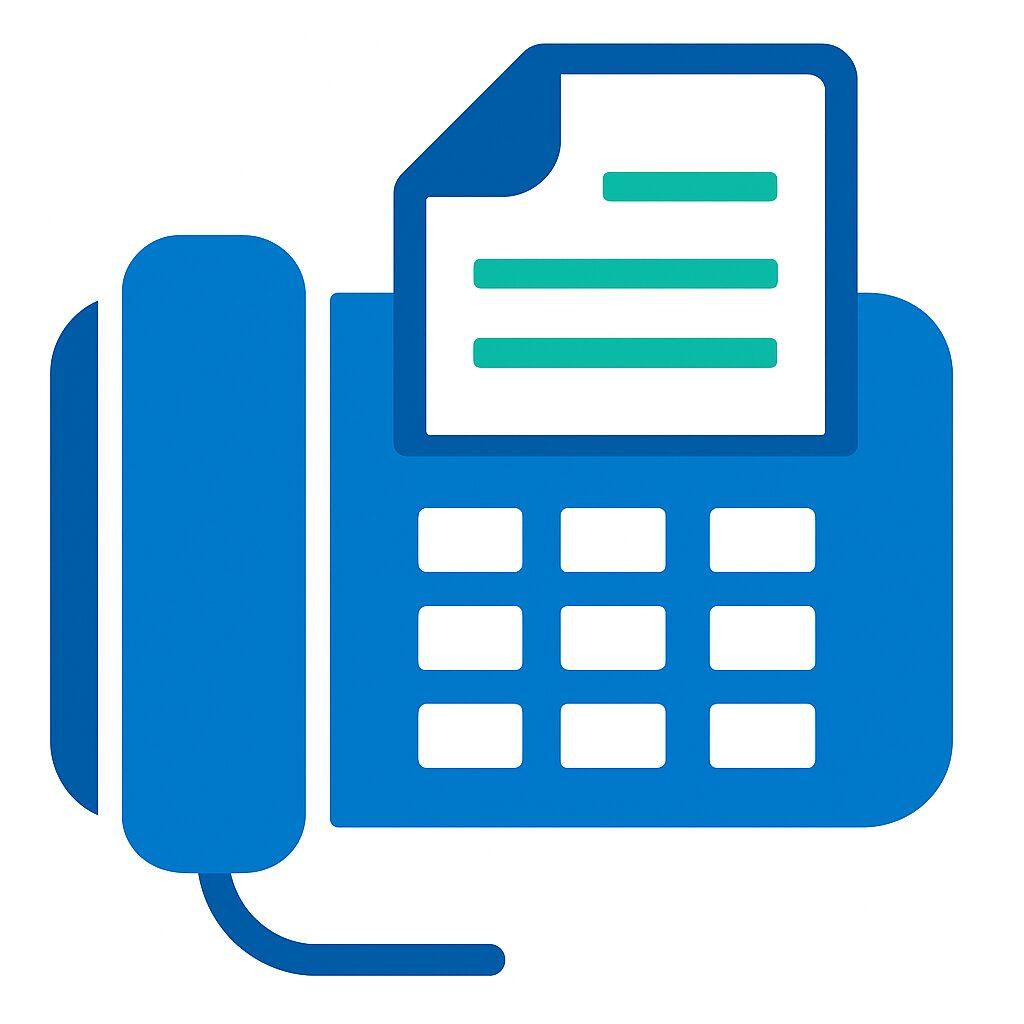Introduction
Medication non-adherence, or failing to take medication as recommended, is a major issue in healthcare. It is estimated that up to half of all patients do not take their prescription as recommended, which can result in poor health outcomes and higher healthcare expenses. By offering reminders, tracking medication intake, and providing education and assistance, digital technologies have the potential to help patients better manage and adhere to their drug regimen.
The traditional pharmacy system is primay care reliant on manual processes and human expertise, which can result in inefficiencies, errors, and delays. Filling a prescription, for example, entails multiple manual procedures, such as interpreting the prescription, distributing the drug, and checking the dosage and frequency. These manual processes are error-prone and time-consuming. Furthermore, the traditional pharmacy system lacks the ability to personalize medicine regimens for individual patients, which can limit drug therapy efficacy. However, by utilizing AI-powered solutions such as AI, pharmacies can improve their operations and overcome these constraints.
Need for AI in pharmacy system
While there is growing interest in the use of artificial intelligence (AI) in pharmaceutical systems, it is crucial to remember that its installation must be properly examined and planned. While AI has the potential to transform the business by delivering individualized medication management and 24/7 patient support, it is critical to ensure that technology is used ethically and that any limitations and obstacles are addressed. To guarantee that AI is used successfully and ethically in the pharmacy system, a rigorous and evidence-based strategy is required.
The deployment of AI in the pharmacy system will benefit the growing population because it will help address the increasing demand for healthcare services. AI can help patients manage their drugs more efficiently by providing tailored medication management and 24/7 support, eliminating the need for frequent visits to healthcare practitioners. This can help relieve the strain on the healthcare system while also improving patient access to care. Furthermore, AI has the potential to eliminate pharmaceutical errors and harmful drug interactions, hence improving patient outcomes and lowering healthcare expenditures. AI can assist address the issues associated with a growing population and increased demand for healthcare services by improving drug management and decreasing the stress on healthcare providers.
Stages
Typically, errors occur at what phases of the pharmaceutical journey?
Typically, pharmaceutical errors occur at the following stages:
Ordering\prescribing: A doctor may choose the incorrect drug from a drop-down option, forget to prescribe a prescription, prescribe an incorrect dose, prescribe a drug with a similar name, or prescribe an unapproved drug.
Documenting\transcribing: Without the physician’s agreement, a pharmacist may substitute an alternative for the prescription medication. This option may have unforeseen consequences.
Dispensing: A pharmacist’s failure to validate the prescription (by validating the patient’s personal details) is possible. A pharmacist can potentially give a patient expired medication, the wrong drug, or the improper dosage (if age and weight are not specified). Errors can also arise when a pharmacist creates the incorrect medicine label.
Administering: Errors in healthcare, whether committed by pharmacists, nurses, physicians, or registered medical technicians, are frequently the result of key failures in the medicine delivery process. These errors can show in a variety of ways, such as patient Engangement misidentification, which occurs when medication is administered to the wrong person due to system faults or a lack of rigorous identity confirmation. Another significant issue is the administration of erroneous doses as a result of prescription miscalculations or misinterpretations.
Monitoring: When a clinician ignores or fails to fully document potential drug interactions, allergic reactions, or side effects during the monitoring stage of patient care, gaps can occur. Failure to notice these crucial features can jeopardize the safety and well-being of patients. Drug interactions can have unexpected and negative consequences, especially when many drugs are prescribed. Allergic responses, if not diagnosed and documented promptly, can progress to severe problems.
Risks Taking: Related with prescription dispensing and administration are typically associated with problems transferring information among healthcare professionals (physicians, pharmacy benefit managers, and pharmacists). However, drug errors are not always the result of human error.
Different Types of Digital Tool
Medication Reminder Apps: These are smartphone apps that alert patients when it is time to take their medication. These reminders can be set to appear at various times of the day and can contain information about the proper dosage and how to take the prescription.
Medication: Tracking apps are smartphone applications that allow patients to log and track their medication intake. They may also offer information regarding potential side effects and drug interactions.
Digital pillboxes: These are electronic devices that store pills and deliver them when the time comes. They can be set to dispense medication at specified times of the day and to send patients reminders to take their prescription.
Chatbots: These are computer programs that replicate human-to-human conversation. They can send individualized medication reminders, answer drug-related inquiries, and give information and assistance.
Advantages
Drug adherence: Digital tools can assist patients in better managing and adhering to their drug regimen, which can lead to better health results.
Convenience: Because digital tools may be accessible from anywhere and at any time, they can help patients manage their medicine more effectively.
Personalization: Digital tools can be adapted to each individual patient, delivering personalized medication reminders and information.
Healthcare cost reduction: By assisting patientsportals in better managing and adhering to their drug regimen, digital solutions can help to lower healthcare expenses.
Challenges
Access to technology: Because not all patients have access to the technology required to use digital tools, their effectiveness may be limited.
Data privacy and security: Because digital instruments capture and preserve sensitive patient information, data privacy and security are problems.
Usability: Some digital technologies may be difficult to use for patients, limiting their effectiveness.
Cost: Some digital technologies may be expensive, limiting their accessibility.
Conclusion
Finally, the possible uses of AI in pharmacy have the potential to change the sector by bringing multiple benefits to both pharmacists and patients. From medication management to drug discovery and chronic illness management, AI technology can increase medication accuracy and safety, accelerate drug development, and improve patient outcomes. AI technology can potentially help to cut healthcare expenses by increasing efficiency and decreasing errors. However, it is crucial to emphasize that the use of AI in pharmacy has several limitations and obstacles that must be addressed. When utilizing AI-powered systems to monitor patient data, for example, there may be worries about patient privacy and security.










